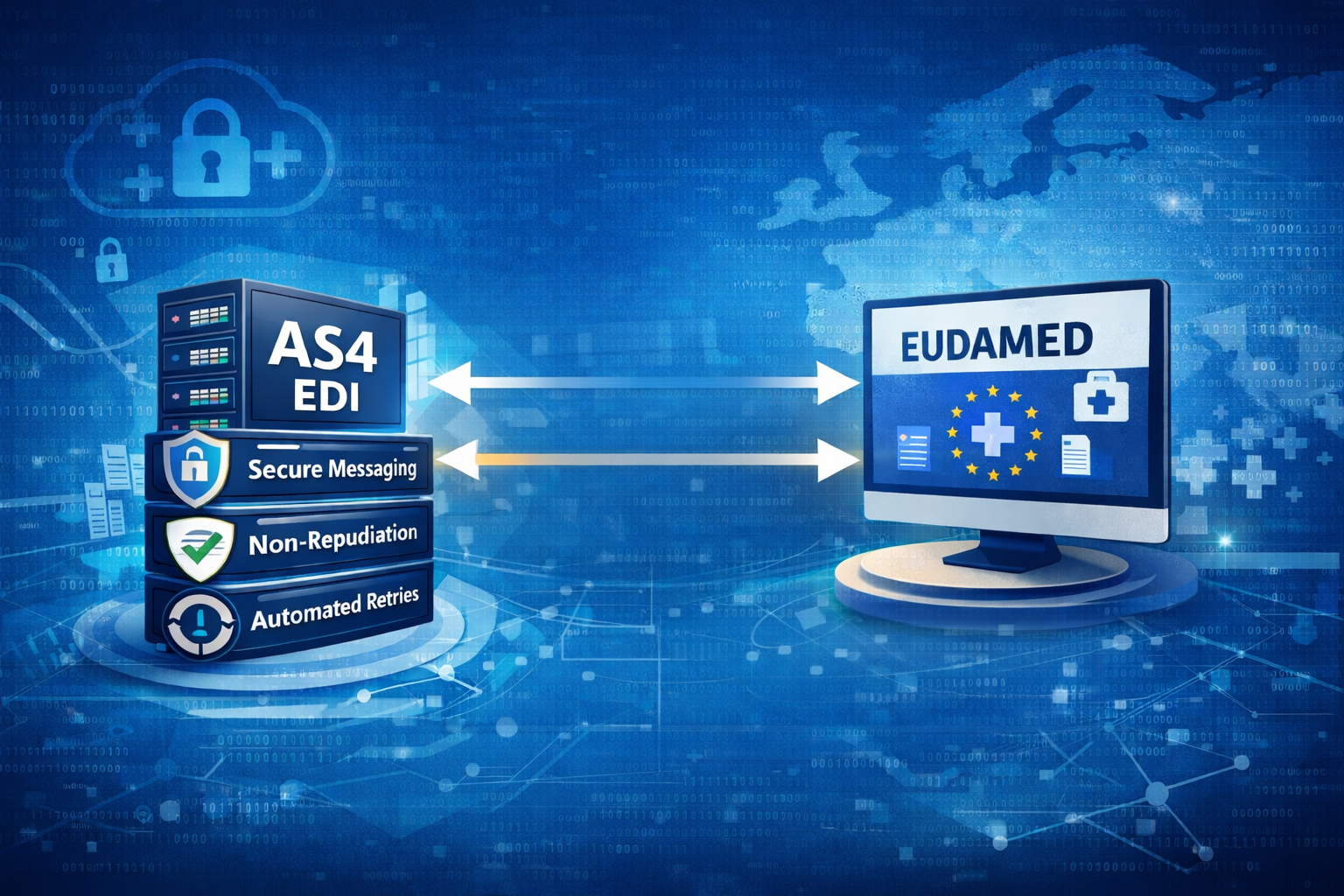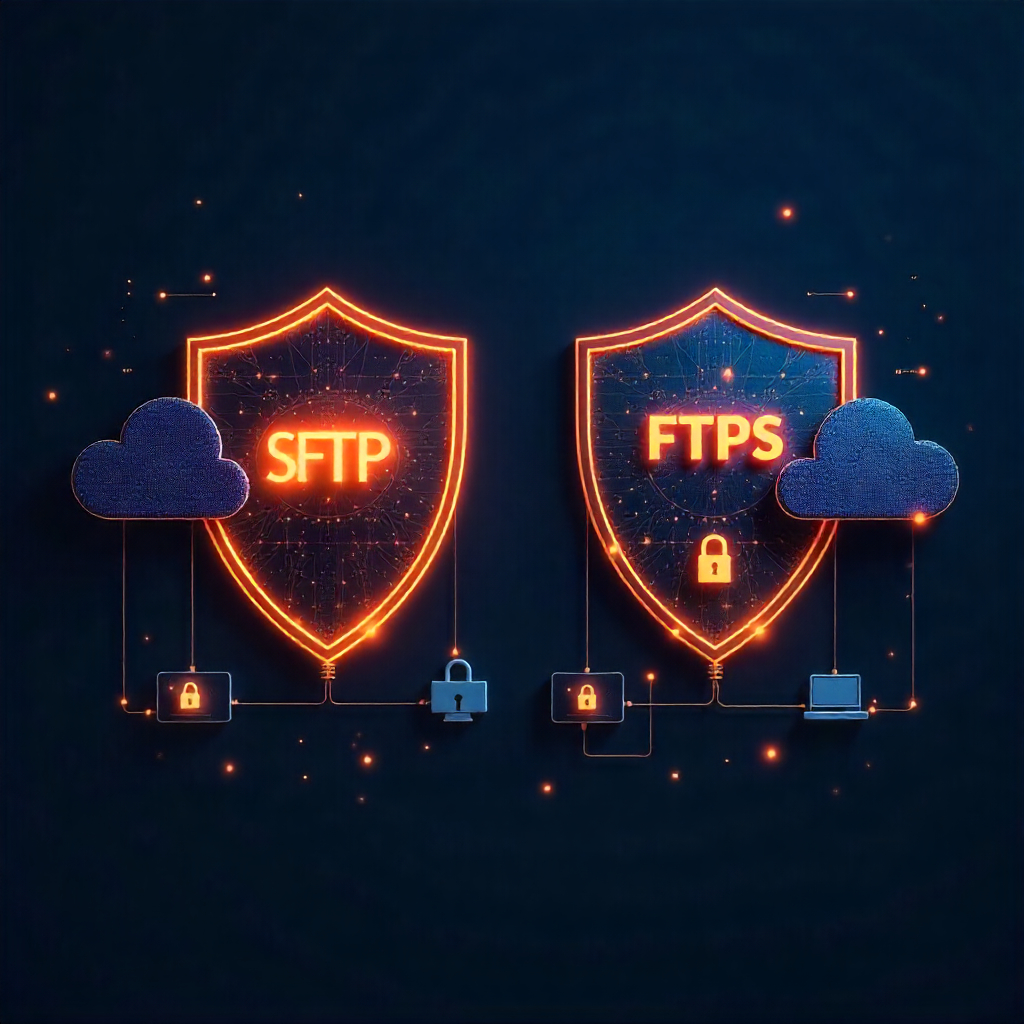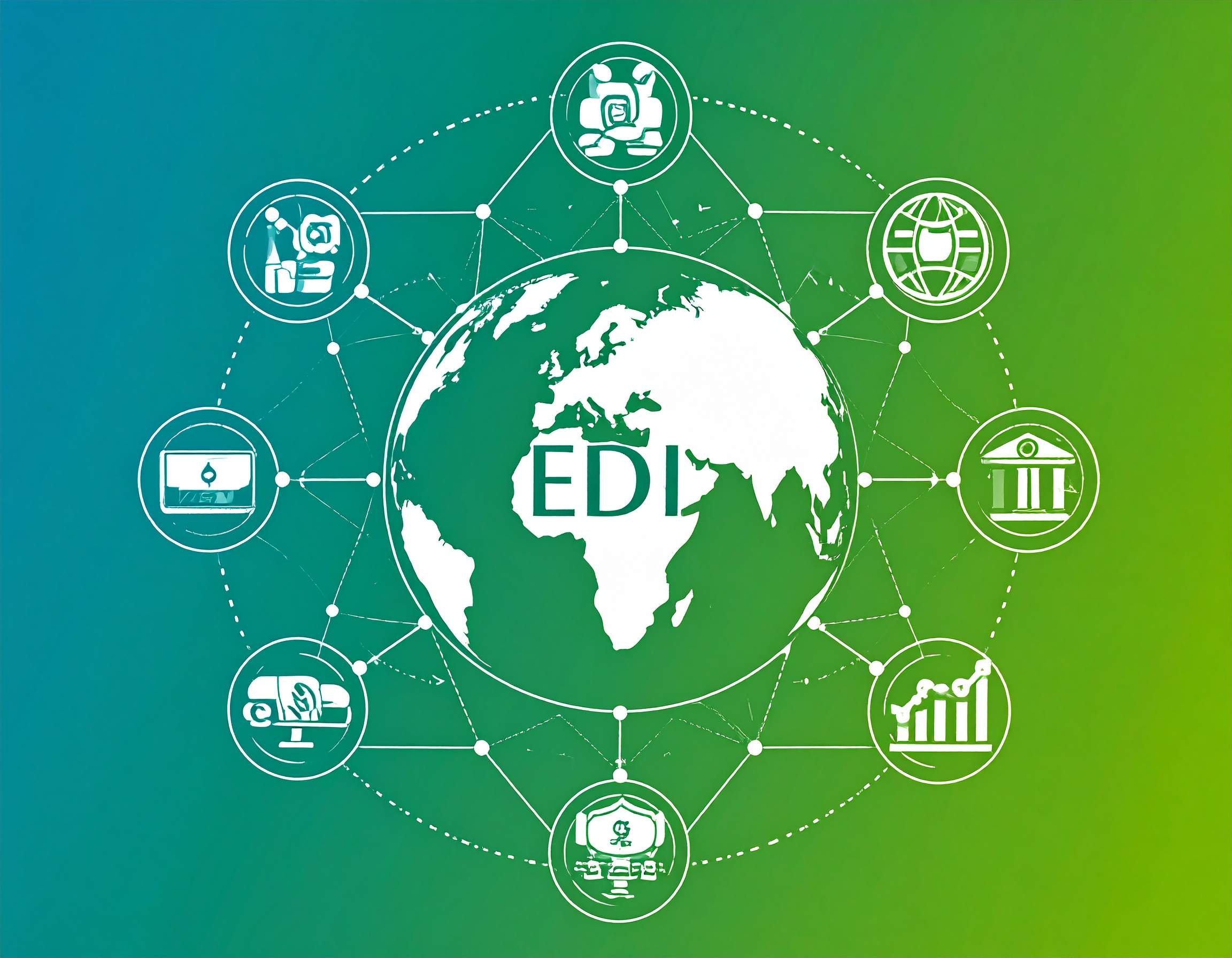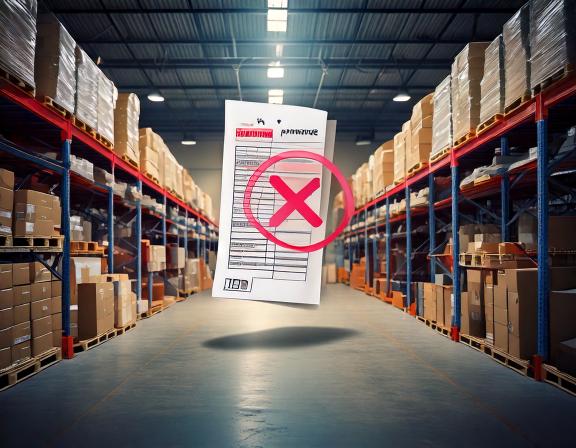MFT Gateway is a hosted Software as a Service (SaaS) solution that enables file exchange over the AS2 or SFTP protocol, without the need to install or maintain.
- Blog
- What is the Difference Between AS2, AS3, and AS4
AS2
What is the Difference Between AS2, AS3, and AS4
Discover the key differences between AS2, AS3, and AS4 secure file transfer protocols in our detailed blog.

Hirudinee Liyanage
Published: 04 Sep 2024

Table of Contents
In the world of secure file transfers, protocols like AS2, AS3, and AS4 play a major role in ensuring that data is exchanged safely between businesses. But what exactly are these protocols, and how do they differ from each other? Understanding these differences can help businesses choose the right protocol for their needs, whether it’s for security, compliance, or efficiency.
AS2
AS2 is probably the most widely used of the three protocols. Developed in the late 1990s, AS2 allows businesses to exchange data over the internet using the HyperText Transfer Protocol (HTTP) or Hypertext Transfer Protocol secure (HTTPS) protocol. The big advantage of AS2 is that it can securely transmit any type of file, whether it’s a document, image, or even binary data.
AS2 is particularly popular in industries like retail and healthcare, where Electronic Data Interchange (EDI) is essential. The protocol ensures that messages are encrypted during transit using methods like S/MIME (Secure/Multipurpose Internet Mail Extensions), and can be digitally signed to guarantee authenticity. Once the message is received, the recipient sends back a Message Disposition Notification (MDN), to confirm that the message was received intact and processed.
One of the main reasons AS2 became so popular is that it meets the security requirements set by industries that handle sensitive information. For example, HIPAA (Health Insurance Portability and Accountability Act) compliance in healthcare often necessitates the use of AS2 for secure data transmission.
However, despite its popularity, AS2 has some drawbacks. For example, it requires a direct connection between the sender and receiver, which can be a bit of a hassle to set up and maintain.
AS3
Next in line is AS3, a protocol that developed to address some of the limitations of AS2. Unlike AS2, which relies on HTTP/S for communication, AS3 uses the FTP (File Transfer Protocol) or SFTP (SSH File Transfer Protocol). This allows for the exchange of files over the Internet without the need for a direct connection between the sender and receiver.
AS3 is essentially an adaptation of the AS2 protocol for file transfers using FTP. It still uses encryption and digital signatures to secure data, but it does so in a way that’s more flexible than AS2. For example, AS3 allows for the exchange of multiple files at once, which can be a big time-saver for businesses that need to transfer large volumes of data.
Despite these advantages, AS3 hasn’t gained the same level of adoption as AS2. One reason for this is that FTP-based protocols are generally considered less secure than HTTP/S-based protocols, even when encryption is used. Additionally, AS3 lacks the built-in receipt confirmation (MDN) feature that AS2 offers, which means the sender doesn’t automatically know if the file was received and processed correctly.
This lack of adoption can also be attributed to the rise of newer protocols like AS4, which offer even more advanced features.
AS4
AS4 is the newest of the three protocols and is designed to be a more modern, flexible solution for secure data exchange. AS4 is based on the ebMS (ebXML Messaging Service) standard, which is a more comprehensive protocol than AS2 or AS3.
One of the key features of AS4 is its support for web services, which allows businesses to integrate file transfers into their existing SOA (Service-Oriented Architecture) or API-based workflows. This makes AS4 a more versatile option for modern enterprises that rely on web-based applications and cloud services.
AS4 also improves on the security features of AS2 and AS3. It uses WS-Security, a set of protocols that provides end-to-end security for SOAP (Simple Object Access Protocol) messages. This includes encryption, digital signatures, and other security measures that are essential for protecting sensitive data.
Another significant advantage of AS4 is its support for asynchronous messaging. This means that the sender and receiver don’t need to be online at the same time, which can be a major benefit for businesses that operate in different time zones or have intermittent internet connectivity. With AS4, messages can be queued and delivered when both parties are available, ensuring that no data is lost.
However, AS4 is also more complex than AS2 or AS3, which can make it harder to implement. It requires a greater understanding of web services and XML-based messaging, which might be a barrier for some organizations. Nevertheless, for businesses that need a modern, secure, and flexible solution, AS4 is often the best choice.
Comparing Security and Encryption
When it comes to security and encryption, all three protocols offer strong protections, but they do so in different ways. AS2 relies heavily on Secure/Multipurpose Internet Mail Extensions (S/MIME) for encryption and digital signatures, which has proven to be very effective for protecting data in transit. AS3, while secure, is sometimes seen as less robust due to its reliance on FTP/SFTP, which can be less secure than HTTP/S.
AS4, on the other hand, takes security to the next level with WS-Security. This protocol suite provides end-to-end security for SOAP messages, ensuring that data is protected not just during transmission but also at rest. This makes AS4 the most secure option of the three, especially for businesses that need to comply with stringent regulatory requirements.
Choosing the Right Protocol
So, which protocol should you choose? The answer depends on your specific needs and constraints.
- AS2 is the best choice if you need a proven, widely adopted protocol that offers strong security and is well-suited for EDI. It’s a bit older but has a strong track record.
- AS3 might be suitable if you’re already using FTP/SFTP for file transfers and need a secure protocol that can handle multiple files at once. However, it may not be the best option if security is your top priority.
- AS4 is the right choice if you’re looking for a modern, flexible solution that supports web services and asynchronous messaging. It offers the highest level of security and is well-suited for businesses that are adopting cloud-based solutions.
In the end, each protocol has its strengths and weaknesses, and the best choice will depend on your business needs. Whether it’s the reliability of AS2, the flexibility of AS3, or the modern features of AS4, understanding the differences between these protocols can help you make an informed decision.
Remember, the right protocol can make all the difference when it comes to keeping your data safe and ensuring smooth, efficient business operations.

Talk to an EDI Expert
Join hundreds of organizations already taking full control of their B2B AS2 communications with our trusted solutions. Contact us today to tailor a solution that fits your specific AS2 EDI needs.
Related Articles
View All BlogsExplore our product stack
Try before you buy with a 30-day Free Trial
No commitment, all value. Try the AS2 Solution Risk-Free and discover how our solutions can transform your business workflows. No credit card required.
Explore Your Possibilities
Elevate AS2 Communications with our EDI and AS2 Solutions
See how our AS2 and EDI solutions can simplify your integrations, boost efficiency, and keep you compliant—request a personalized demo today.















































































































































































































